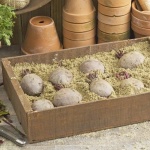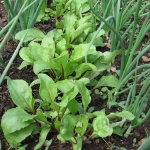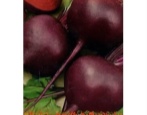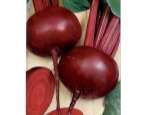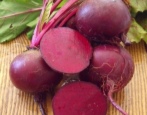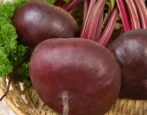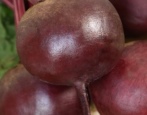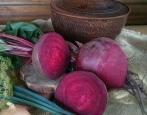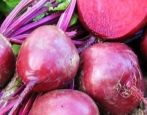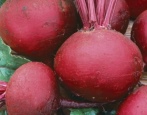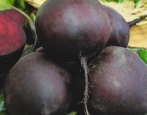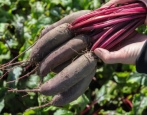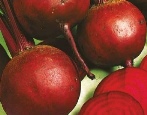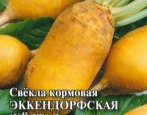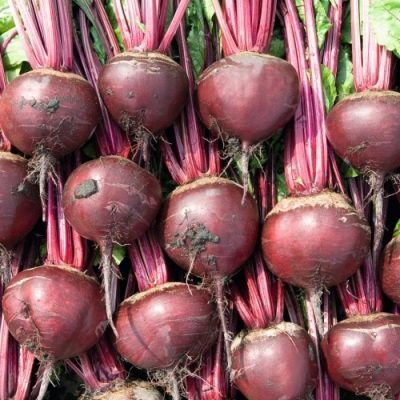
- Authors: Bejo, Holland
- Year of approval: 2004
- Leaf rosette shape: upright
- Leaves: oval, green, highly bubbly, medium to strong waviness
- Petiole: bottom side red
- The form: rounded
- Weight, g: 109-212
- Cork head: weak
- Pulp color : red
- Ringiness: no ringing
Boro beet - or Buriak - is a fairly common variety in Russia, which is grown in almost every region. The culture is characterized by unpretentious care and quick adaptation in any conditions. It is worth taking a closer look at the main properties and growing technique.
Breeding history
Dutch breeders were engaged in breeding a unique variety. By crossing fruitful and healthy varieties, it was possible to obtain Boro - a unique hybrid with improved taste characteristics.
Description of the variety
Boro beet is a hybrid that belongs to the mid-early ripening group of plants:
rosette of leaves - small in size;
leaf plates are bright green, medium, smooth;
tops are erect.
This hybrid variety is ideal for outdoor cultivation.
Characteristics of the appearance of the plant and root crops
The main feature of the hybrid lies in its increased resistance to sudden changes in temperature and harsh growing conditions. During the season, the plant successfully forms a large root crop with the following characteristics:
shape - rounded;
diameter - up to 10 cm;
weight - from 109 to 212 grams;
the skin is thin, dark red;
the pulp is red, tender.
Despite the thin skin, beets are quite suitable for long-distance transportation.
Purpose and taste of tubers
The hybrid variety is distinguished by the absence of rings on the peel. The taste of beets is quite juicy and sweetish, the vegetable is suitable both for fresh consumption and for preparing various dishes, even preservation, subject to the necessary recommendations.
Maturation
Usually, the culture forms root crops in 110-115 days when planted in open ground. If you plant beets first for seedlings, then the ripening time is reduced.
Yield
The maximum yield per hectare is 80 tons, and this is subject to agrotechnical recommendations for plant care.
Growing and care
The main method of growing Boroughs is through seeds. Seedlings are rarely used, since they are more susceptible to external factors and often die. Planting work is usually carried out towards the middle or end of spring.
First of all, you should take care of the seeds.
Take samples, leaving whole, large and uninfected seeds.
Treat the seed with a solution of potassium permanganate.
Spray crops with growth stimulants to increase yields.
Additionally, it is worth taking care of the soil in the area where the beets will be planted. Before planting, fertilizers should be applied, thoroughly loosened the soil in order to saturate it with oxygen and components useful for the plant. Only then can you start planting.
It is worth maintaining a distance of 30 cm between the rows.
10 cm recede between the seeds.
Planting depth should not be more than 5 cm.
Compliance with the recommendations of the scheme will help to get a bountiful harvest, since the beets will not crowd others. The seeds do not require additional shelter. It is enough to cover the sowing with the remains of the earth and water it abundantly so that the soil in the garden becomes moist. Then it only remains to take care of the care of the plant. Basic moments.
Watering.On average, water is added to the soil as needed, assessing the moisture content of the soil. Usually beets are watered 1-2 times a week, and this is enough. During a drought period, watering should be increased, and during rains, on the contrary, stop for a while.
Top dressing. During the season, fertilizer is applied to the soil no more than 4 times. Most of the mineral and organic complexes are used to help the plant in the formation of buds.
Loosening and weeding. Mandatory procedures through which it will be possible to prevent the spread of diseases and pests. And also with their help, it is possible to accelerate the growth of culture due to the influx of the required components.
You can harvest the crop in early or mid-September. It is better to do the work before the first frost so that the variety is not negatively affected. It is recommended to store beets in a cool and dry place.

Beetroot tolerates cold snaps, therefore it is widely grown in the open field. When planting beets, you need to correctly determine the sowing time, choose a suitable place, prepare the beds, and do pre-sowing seed treatment.
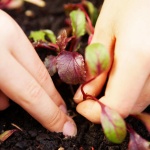
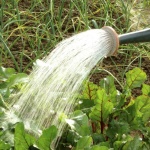
Soil requirements
Boro is a rather demanding variety. Recommendations for the selection of the site.
The soil should be loose and light, preferably sandy loam or sandstone.
The groundwater level should be low. If this cannot be foreseen, it is worth thinking about the drainage device.
The plot must be sunny.
And it is also important to ensure that the beets are not disturbed by drafts or strong winds, which can not only destroy the culture, but also harm the health of the gardener.
Required climatic conditions
It is better to plant Boro in fertile soil on a sunny and warm day. The maximum air temperature should rise to +15 degrees Celsius. Additionally, it is worth measuring the temperature of the soil.
Disease and pest resistance
Boro beet is a fairly disease and pest resistant hybrid variety. However, this does not mean that with illiterate care, he is not able to get sick and die. To prevent this from happening, preventive treatment of the culture with a special composition should be carried out.

